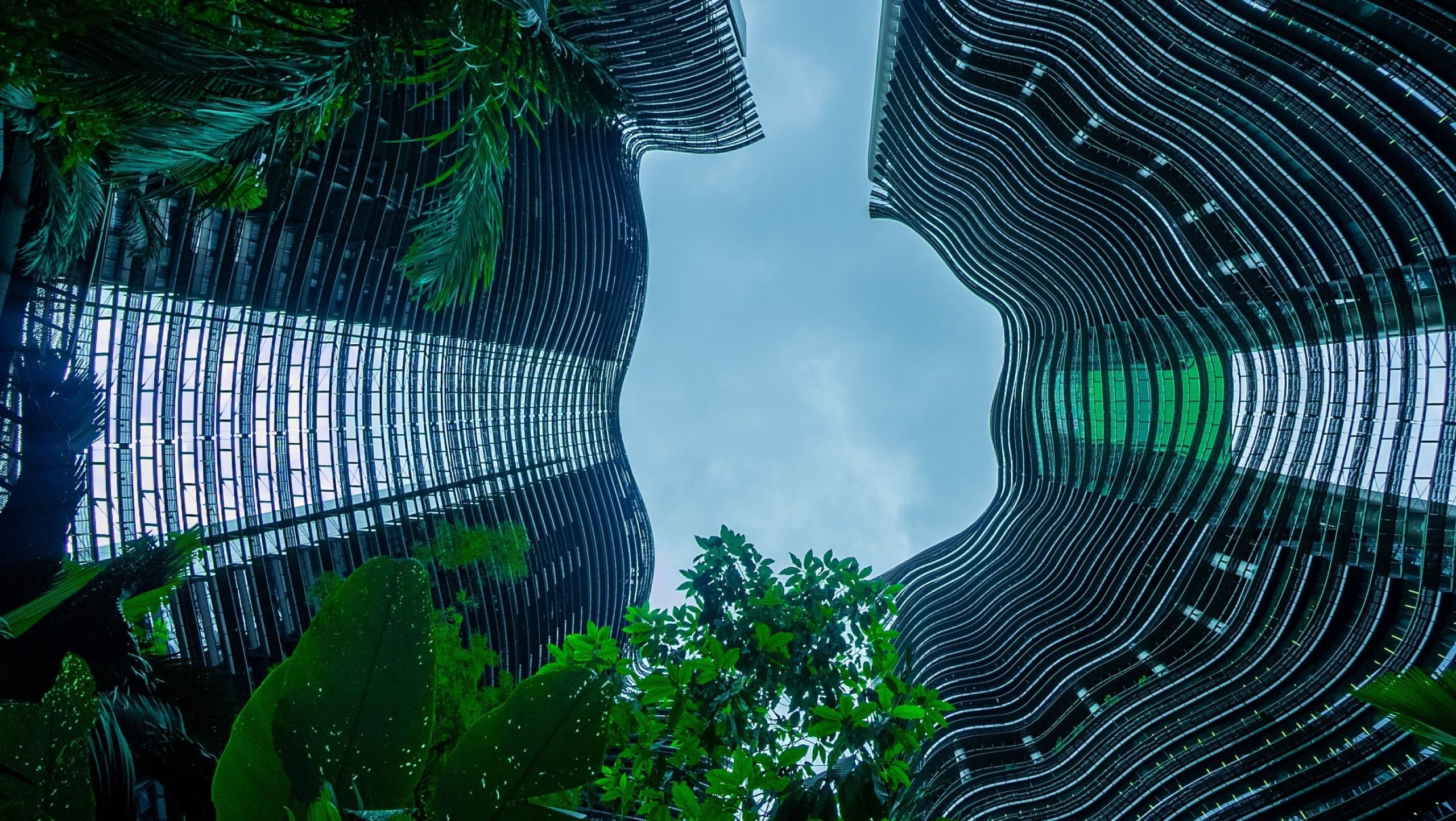Green Urban Transformation: Paving the Way for Sustainable and Resilient Cities
- 13 September 2024
- 8 min to read
- 547 views

Green Urban Transformation is an essential movement that is driving cities around the world to embrace sustainability, innovation, and eco-friendly infrastructure.
As global populations increasingly flock to urban areas, cities face mounting environmental challenges, including air pollution, energy consumption, and climate vulnerability. These challenges are demanding a transformative approach that incorporates green solutions to create more sustainable, livable, and resilient urban environments.
This transformation is not just a trend; it's a necessary shift to ensure the longevity of cities and the well-being of their inhabitants. Governments, urban planners, and businesses are working together to bring about green urban transformation, integrating renewable energy, green spaces, sustainable architecture, and advanced technologies that promote a healthier and more efficient urban lifestyle.
The Necessity of Green Urban Transformation
The world is rapidly urbanizing, with the United Nations projecting that by 2050, nearly 70% of the global population will live in cities. This surge in urbanization comes with several critical challenges—among them, the strain on resources, increased pollution, and the urgent need for infrastructure that can handle climate change.
Traditionally, cities have grown with little regard for environmental impact. However, this approach is unsustainable. Today’s urban environments contribute significantly to greenhouse gas emissions, energy waste, and other environmental detriments. For example, the International Energy Agency (IEA) estimates that cities consume more than two-thirds of the world’s energy and account for over 70% of global carbon dioxide emissions.
These statistics underscore the urgency of Green Urban Transformation, which advocates for building cities that can thrive in a changing climate and protect the natural ecosystems that support human life. Green urbanism focuses on minimizing environmental impact while promoting efficient use of resources and improving the quality of life for all urban dwellers.
Benefits of Green Urban Transformation
The benefits of Green Urban Transformation are vast, touching every aspect of city life—from environmental sustainability to economic growth and social well-being.
Here are some key advantages:
- Reduced Environmental Impact: By incorporating green technologies and sustainable practices, cities can significantly reduce their carbon emissions, energy consumption, and waste production. This helps mitigate the effects of climate change and ensures that cities remain habitable for future generations.
- Improved Public Health: Cities with ample green spaces, clean air, and efficient transportation systems contribute to better public health outcomes. Green urban environments reduce the prevalence of respiratory diseases, heat-related illnesses, and stress, creating healthier, happier populations.
- Economic Growth: Green cities attract businesses and residents who prioritize sustainability. Investment in renewable energy, green construction, and sustainable technologies can drive economic growth by creating new industries and job opportunities. Furthermore, green cities are more resilient to climate-related risks, reducing the financial burden of disasters such as floods, heatwaves, and energy shortages.
- Enhanced Quality of Life: Sustainable urban planning promotes a higher quality of life by providing clean air, safe public spaces, and efficient services. Citizens in green cities enjoy reduced noise pollution, better access to nature, and improved mobility, which fosters a sense of well-being and community.
Challenges in Implementing Green Urban Transformation
Despite its many benefits, the transition to green urbanism is not without challenges. The upfront costs of sustainable technologies and infrastructure can be prohibitive for many cities, particularly in developing countries. Additionally, the political will to push for long-term sustainability can be hindered by short-term economic and political pressures.
Moreover, retrofitting existing urban landscapes to accommodate green technologies and designs can be a complex and costly endeavor. Older cities, in particular, may face difficulties in transforming outdated infrastructure that was not built with sustainability in mind.
However, these challenges are not insurmountable. With strong leadership, clear policies, and the engagement of private sector partnerships, cities can overcome financial and technical barriers to achieve their sustainability goals.
Let's Sum Up
Taking into account all the above information and research, we come to one conclusion:
As more cities around the world embark on this journey, they are serving as beacons of innovation and sustainability, proving that it is possible to create urban environments that benefit both people and the planet. By working together and committing to green urbanism, we can ensure that cities remain vibrant, sustainable places to live for generations to come.
If you, like us, consider this topic very important at this time, we suggest you also read our material on Sustainable Logistics Practices.




